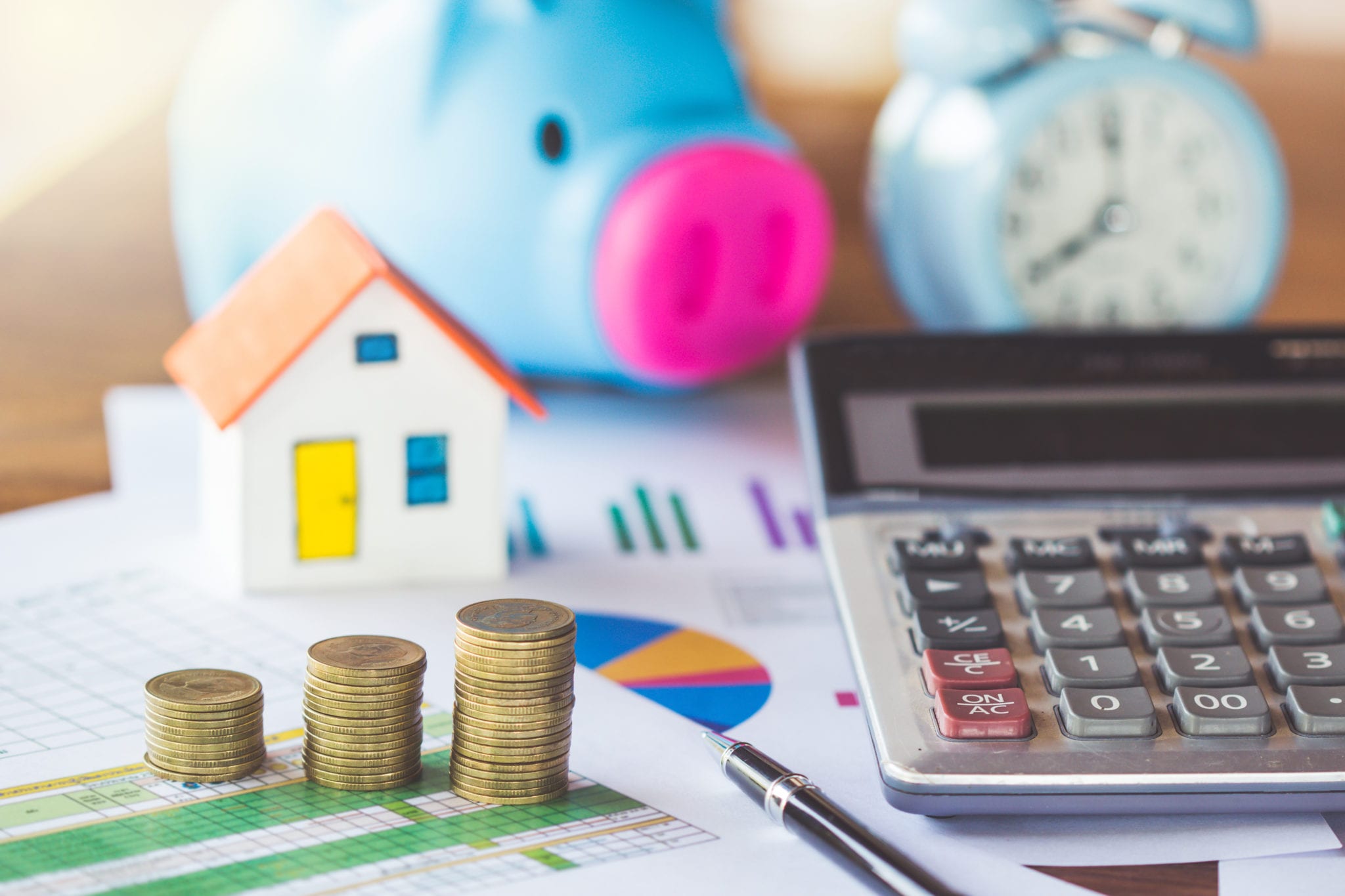
Frequently Asked Questions What is the difference between Negative and Positive gearing?
If you’re new to investing, you’ll often hear the terms negative and positive gearing, but what exactly do these terms mean, and why are they important?
Whether it’s for property or other investment opportunities, gearing is the term used when borrowing money to invest. When it comes to property, the way your property is geared is determined on how much income your investment earns against how much the ongoing costs are.
There are actually three types of gearing: positive, neutral and negative and there are pros and cons for each type of gearing.
Positive gearing
This is when the investment costs (eg mortgage, council tax, maintenance etc) are lower than the rental income received and you have an income.
- Pros
– You have an income! This can be saved, used to supplement a pension, finance a holiday, pay down your home loan or anything else you want to spend your money on.
– Reduced risk should your financial circumstances change. Like any investment opportunity, property does come with a certain amount of risk, so it’s always good to look at ways in which that risk can be reduced.
– Gives you a balanced portfolio. A positively geared property may also be used to pay the shortfall of negatively geared investments.
– Attractive to lenders – as the property is working at a profit, this can increase your attractiveness to lenders if you are looking to borrow against the property.
- Cons
– Need to pay tax. Just like any form of income, the income you earn on a positively geared property is taxable, and this has to be declared to the tax office.
– Potentially a slower long-term growth. Positive cash flow investment properties are frequently located in areas which experience less or slower capital growth, such as rural or less desirable areas.
Negative gearing
When earnings from an investment don’t cover all the investment costs, (ie the rental income is less than all outgoings), it is known as negative gearing.
- Pros
– Tax deductions. When it comes to filing a tax return, investors can offset this loss against other income, such as a salary or another property which is positively geared. In other words, you have effectively reduced the total amount of income on which tax is calculated.
– Capital growth. Some investors use negative gearing as they are expecting large capital growth, and the capital returns will eventually outweigh the borrowing. For example, investors who renovate a run-down property often expect to create wealth at sale.
- Cons
– Careful budgeting. The tax office is always waiting in the wings, so any capital gain will be taxed, and you need to be sure you aren’t paying over the odds.
– Increased risk. If financial circumstances change a negatively geared property is an additional outgoing cost.
Neutral gearing
When all investment costs are the same as the income you receive from the investment, (ie your rental income is the same as your outgoings), it is known as neutral gearing. Some property investors prefer to neutrally gear their investment; although they don’t have an income from the property, they also don’t have to pay any tax because no profit was made.
Deciding your long-term plans and knowing what will work best for your financial situation and budget will help when deciding how to gear your property, so talk to a financial specialist.
We do more than simply manage and sell property; with over 40 years in the business, we’re keen to share our knowledge and experience to help you make informed decisions so you can realise your financial dreams through property. Get in touch if you want to know more!
Give us a call on 02 4954 8833, send us an email to mail@andriessenproperty.com.au or pop into our Cardiff office for an informal chat.
For more property management tips check out our Facebook page.